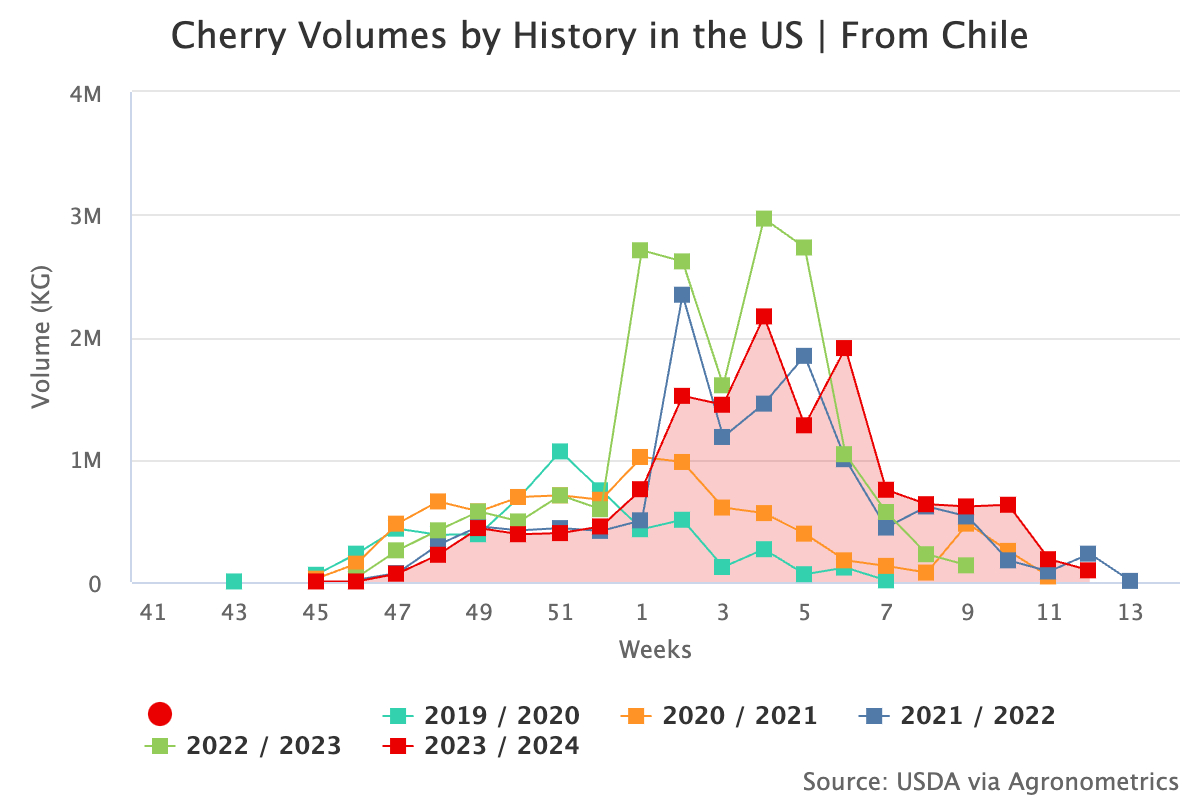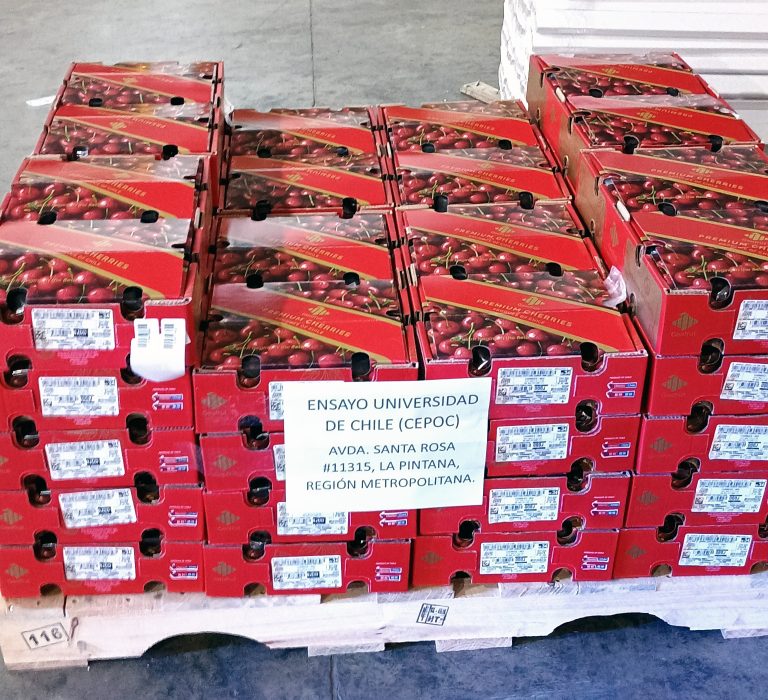After more than a decade of negotiations, the Agrupación de Cooperativas del Valle del Jerte has obtained authorization to export cherries to China. A strategic milestone, amid logistical challenges, quarantines, and global prospects.
The long wait is over: cherries from the Valle del Jerte are ready to fly to China. The Agrupación de Cooperativas del Valle del Jerte is in fact among the few Spanish operators authorized by the Chinese Government to introduce the precious fruit into the Asian market. This news marks an important achievement for the fruit sector of Extremadura.
“The idea is to start with air shipments,” explained José Antonio Tierno, president of the cooperative, aware of the logistical complexities linked to such a delicate product as cherries. Sea transport, which takes around 35 days, is considered hardly compatible with the fruit’s highly perishable nature.
Spanish cherries on the move
China represents a vast and rapidly expanding market for cherries, but not without obstacles. In addition to distance, the production calendar of the Asian giant partly overlaps with that of Extremadura, limiting seasonal advantages. A very different context from that of Chile, which, thanks to counter-seasonality, is able to secure large market shares.
Nevertheless, the Agrupación del Jerte is determined to seize the opportunity. “We cannot miss this chance, even though we know it will be a challenge,” stated Tierno, stressing that the authorization granted by the Chinese government represents an exclusive opportunity for a few Spanish operators.
The process has been long: it took over ten years of negotiations between the two countries and a complex technical path. In 2024, Chinese experts visited the main production areas, including the Valle del Jerte itself. Subsequently, an audit by the General Administration of Customs gave the green light to exports, after inspecting both farms and cooperative facilities.
A new gateway to the market
The potential of China is not only direct but also has strategic repercussions on other markets. “If regions such as Aragon or Catalonia export there, it reduces the competitive pressure in the traditional markets where we operate,” added the president. Currently, the cooperative markets around 20 million kilos of cherries every year, more than half of which are destined abroad, with the United Kingdom as the main buyer.
Shipments to China, however, must comply with strict protocols: “The fruit must undergo a mandatory 15-day quarantine in cold storage, which can also be carried out during sea transport,” explained Tierno. This is in addition to health checks, government inspections, and detailed documentation on the use of plant protection products, to be issued through the competent Ministry.
It will not be the Protected Designation of Origin (PDO) cherry that lands in China: “In European markets, geographical indications are valued, but in third countries we are mainly perceived as a Spanish product,” clarified Tierno.
November: trade mission
To strengthen ties with the Chinese market, Extremadura Avante has organized a multisector trade mission in Shanghai and surrounding areas, from November 24 to 28. In addition to the fruit and vegetable sector, companies from construction, fashion, services, chemicals, and agri-food will also be involved.
Objective: to facilitate the entry of local companies into the Asian market and consolidate the presence of Extremadura in a growing economic context. In 2024, China was confirmed as the second-largest supplier of goods and the twelfth client for Spanish exports, with a trade volume exceeding 50 billion euros annually.
“Chinese demand is oriented towards quality, innovation, and sustainability: values that fully reflect the entrepreneurial offer of Extremadura,” commented the Junta. And the cherries of Jerte, a symbol of agricultural excellence, could be the sweetest fruit of this new trade alliance.
Source: www.hoy.es
Image source: Revista Mercado
Cherry Times - All rights reserved










